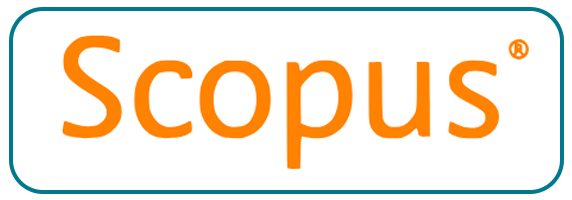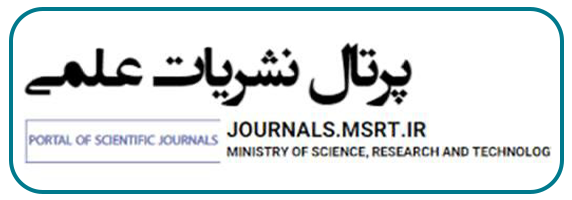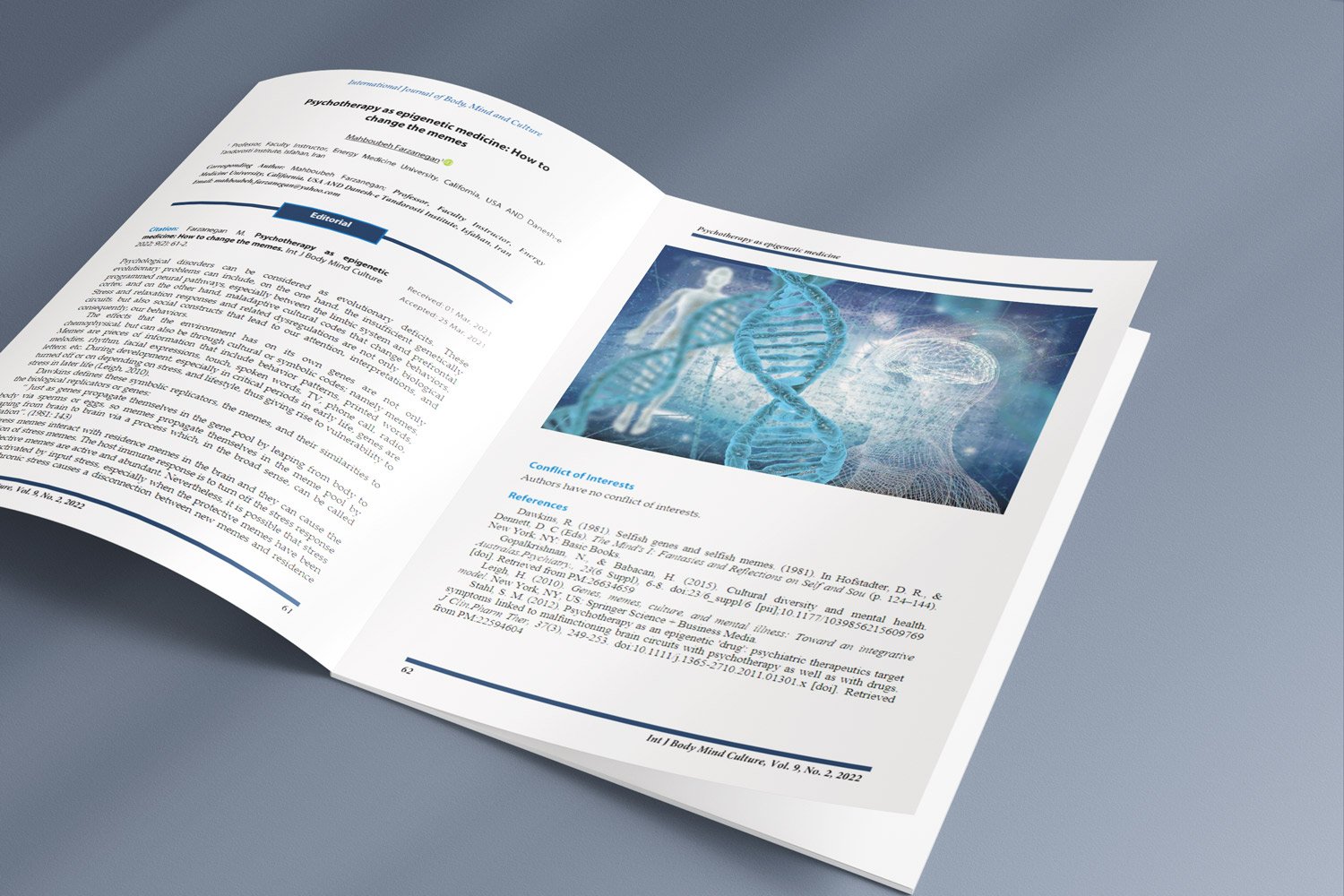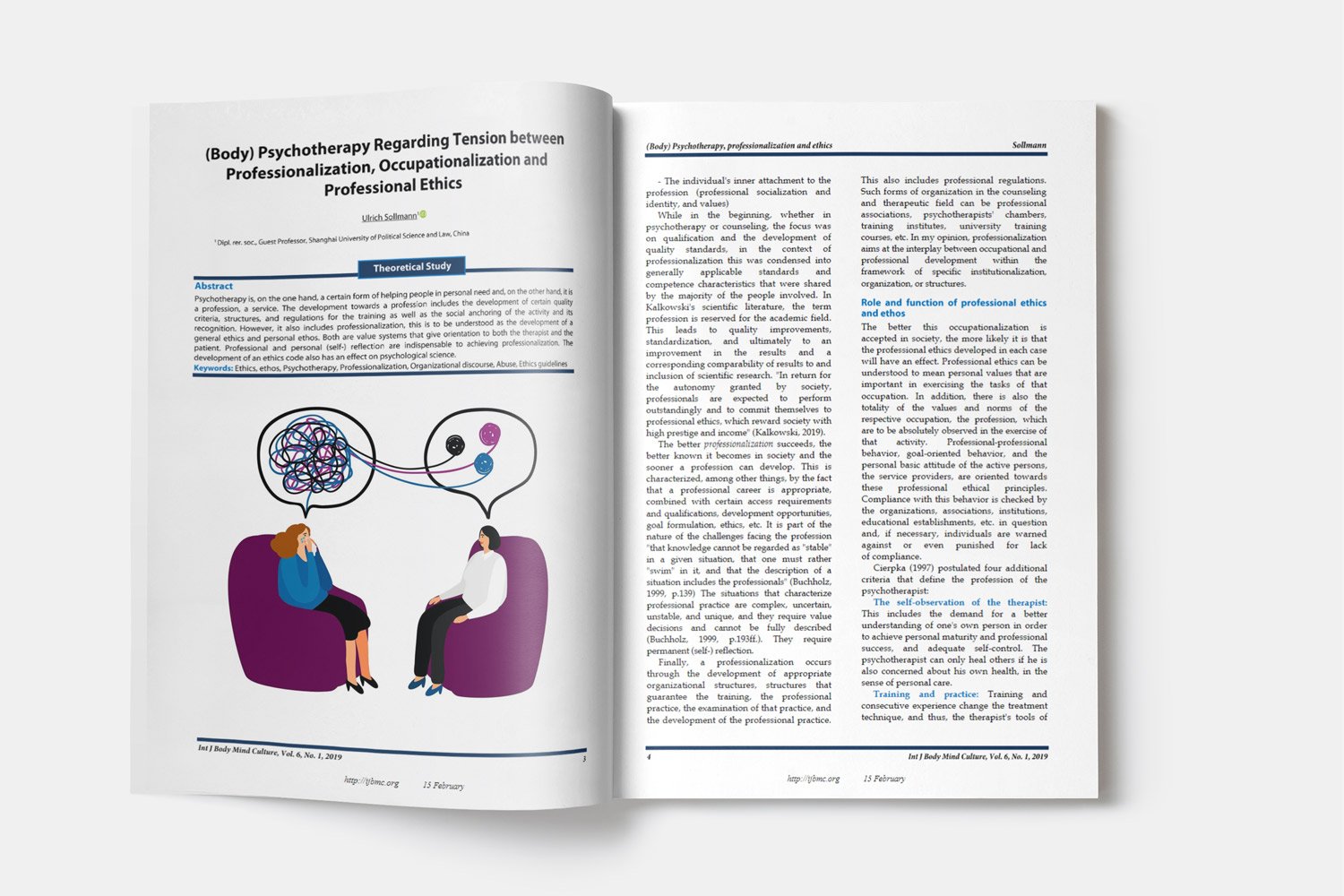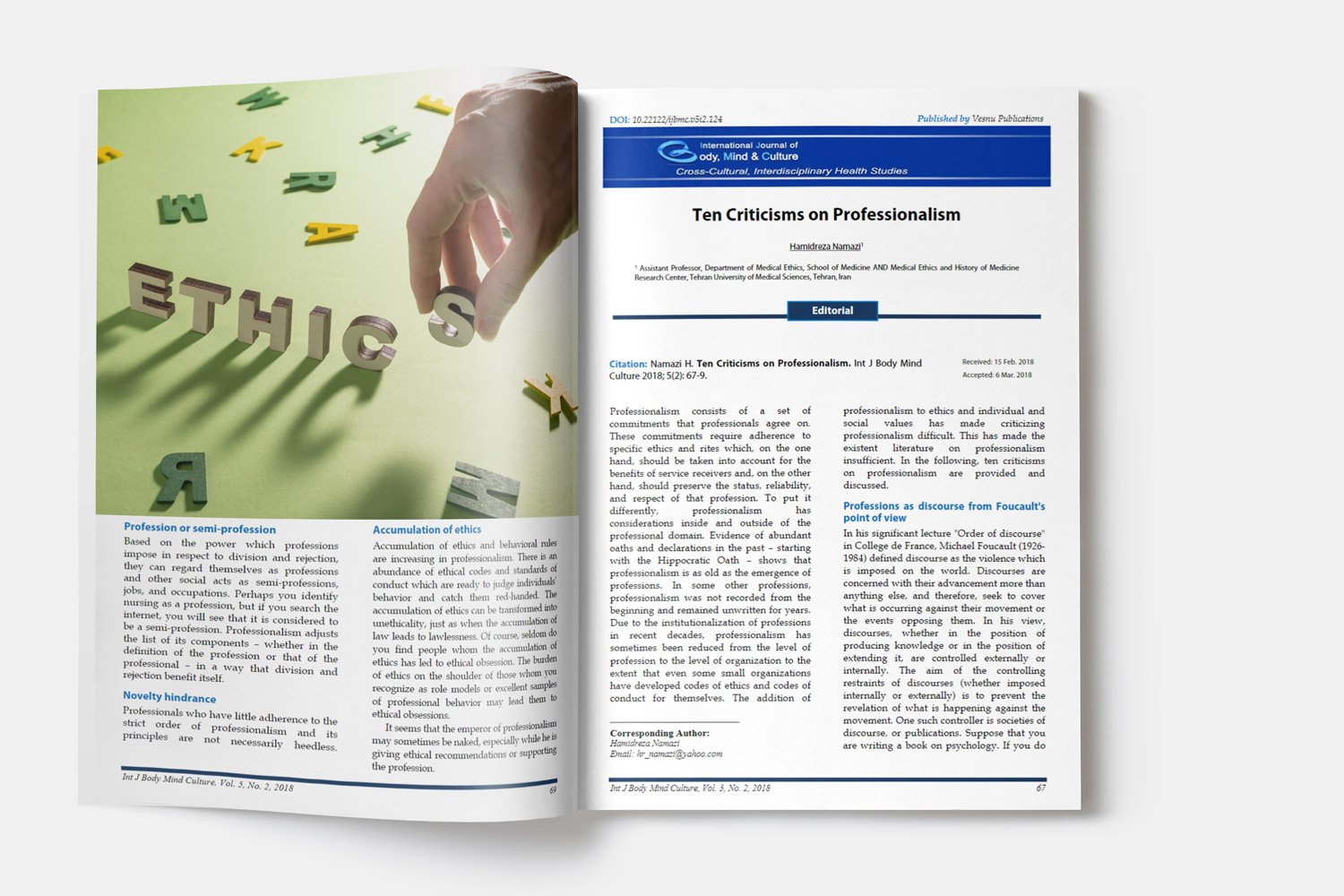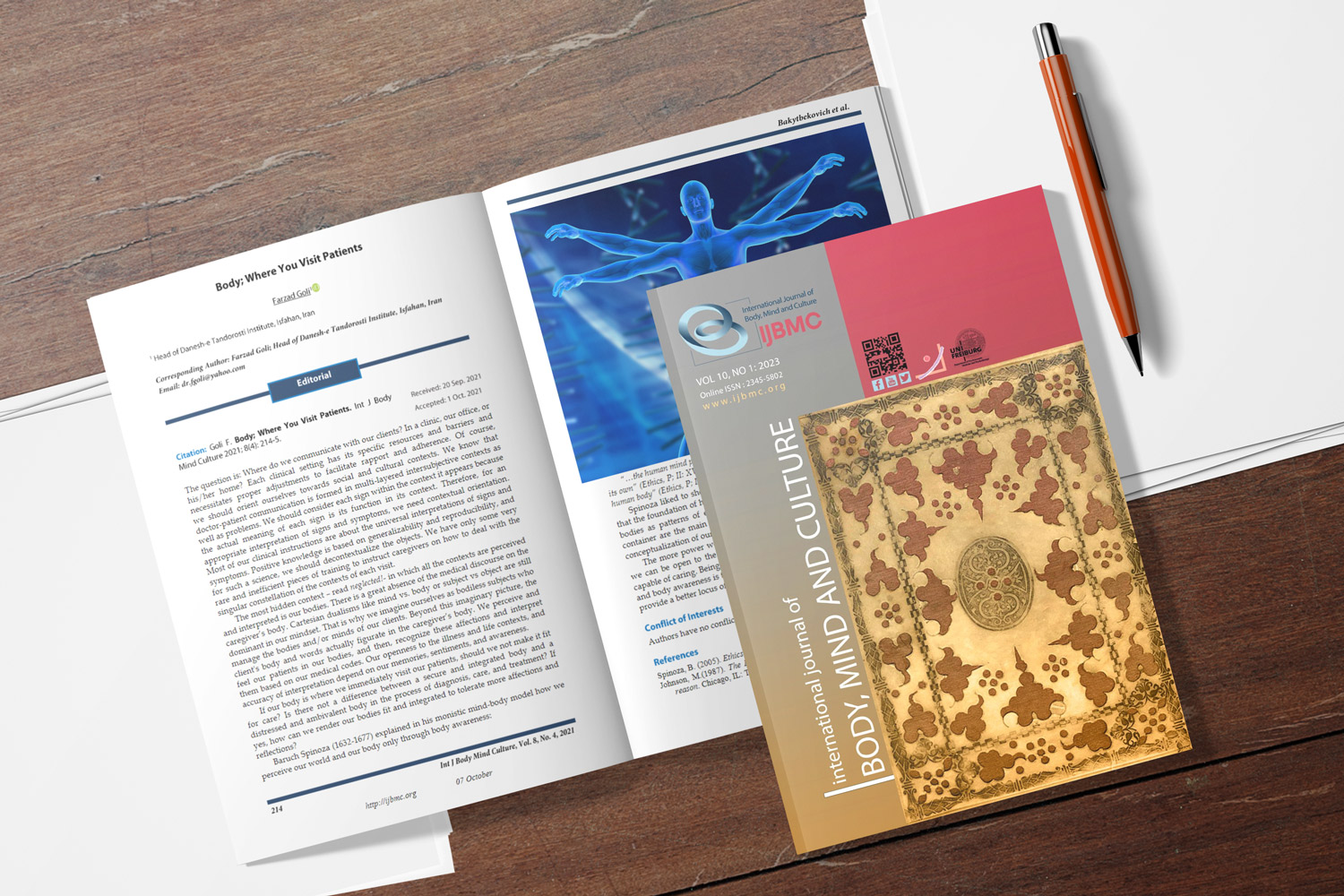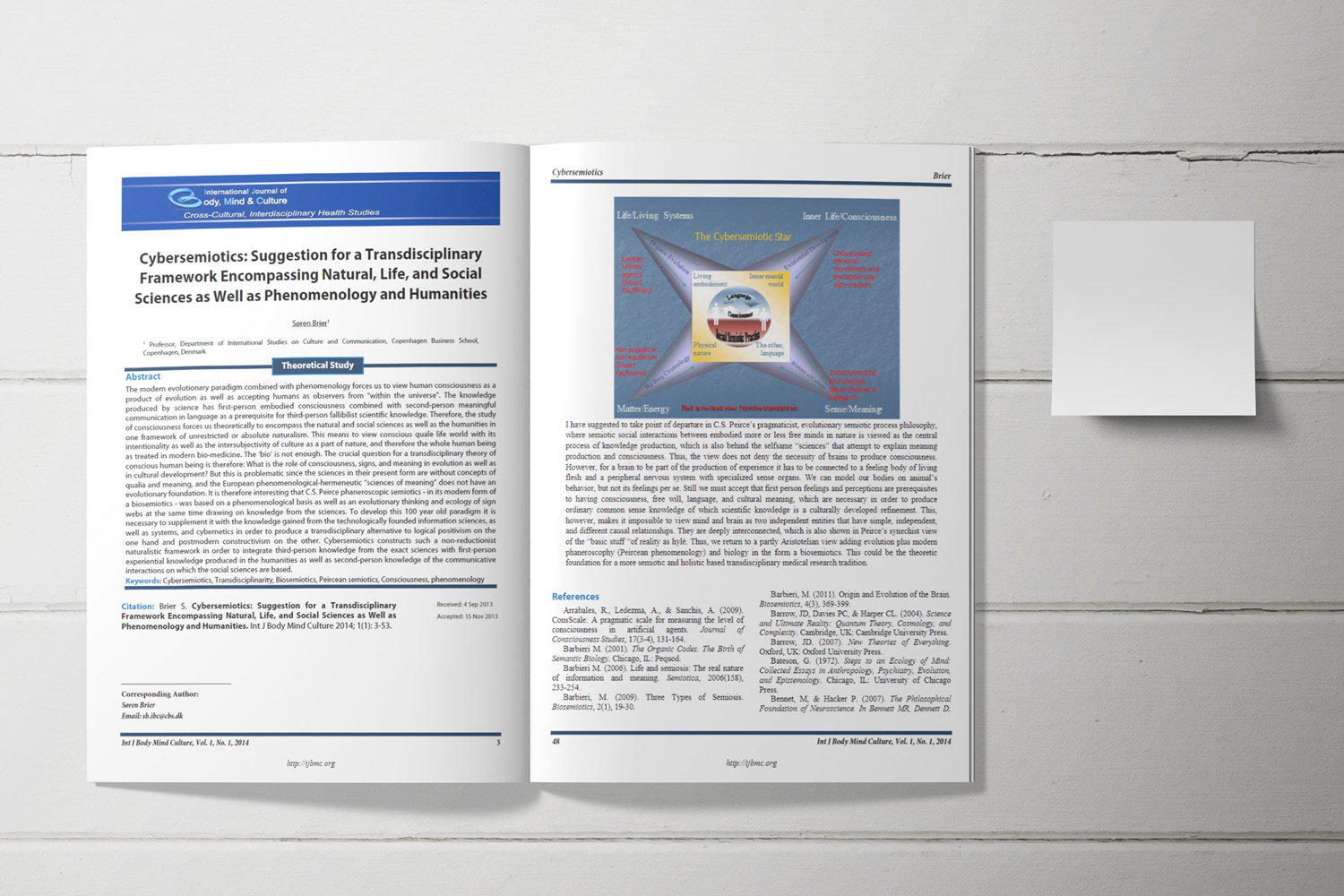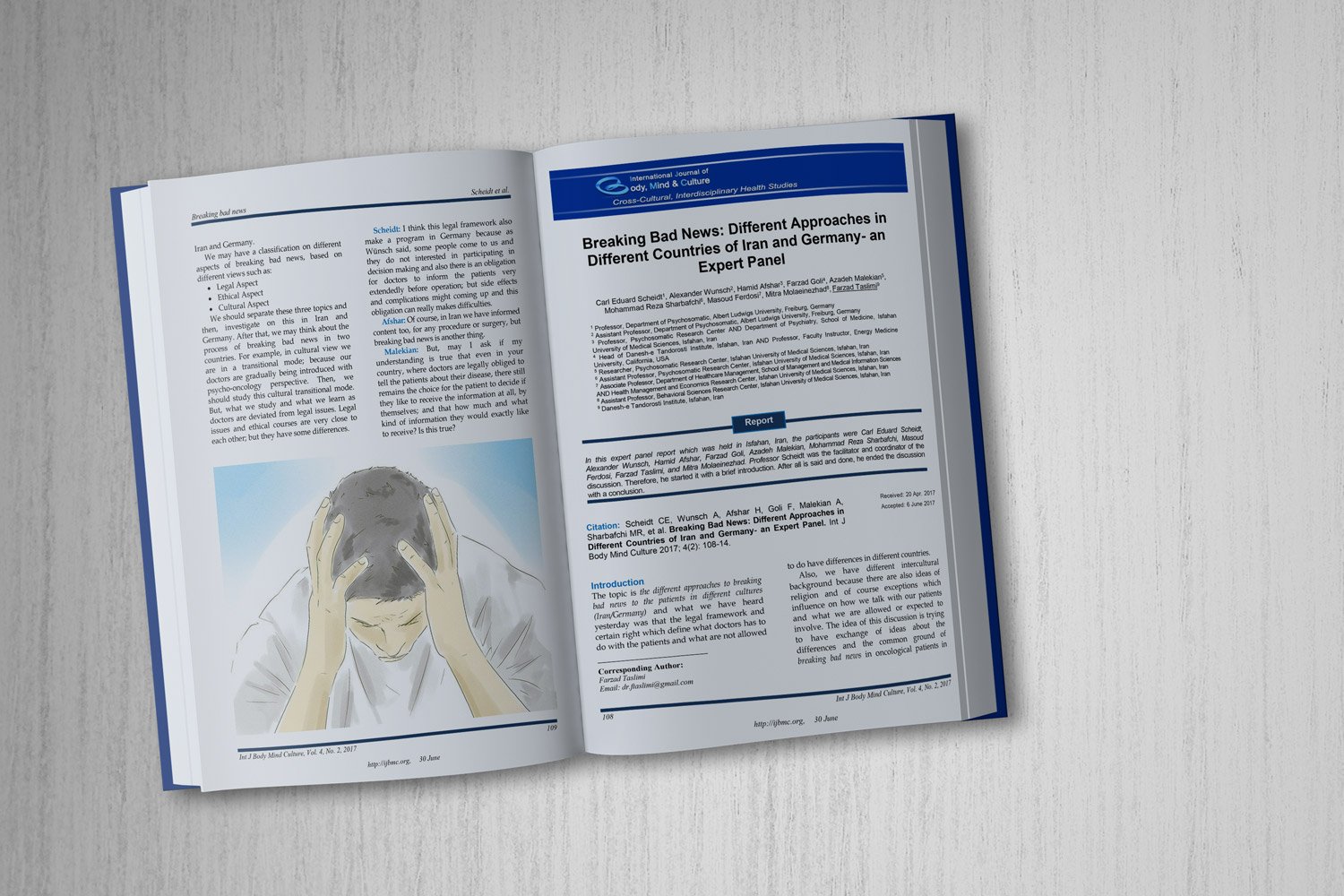Biosemiotics Approach to Biomechanics: Integrating Symbolic and Sensory-Motor Systems for Enhanced Health and Performance
Downloads
This paper presents a biosemiotic framework for understanding human performance as an integrated mind-body system, where optimal functioning emerges from the dynamic synchronization of material (physical), energetic (physiological), symbolic (cognitive), and reflective (self-monitoring) sign systems. Drawing on interdisciplinary evidence, we demonstrate how this perspective bridges the artificial divide between biological mechanisms and cognitive experience, revealing that peak performance occurs when these systems achieve semiotic coherence. Key findings highlight the efficacy of interventions combining mental imagery with physical practice, the physiological mechanisms underlying mind-body practices like yoga and tai chi, and the importance of semiotic alignment in ergonomic design. The paper outlines critical directions for future research, including the development of biomarkers for biosemiotic alignment, controlled trials of integrated training protocols, longitudinal studies of epigenetic adaptations, and technological innovations in biofeedback and movement analysis. These investigations will require novel interdisciplinary collaborations to advance both theoretical models and practical applications in sports science, rehabilitation, and occupational performance. By framing human performance as an embodied meaning-making process rather than isolated systems, the biosemiotic approach offers transformative potential for enhancing health, resilience, and achievement across multiple domains.
Downloads
Abedini, Y. (2016). The impact of mental imagery combined with physical exercise on learning and retention of psychomotor skills. Journal of Applied Psychological Research. Journal of Applied Psychological Research, 7(2), 167-178. https://doi.org/10.22059/japr.2016.63542
Akram, U., & Irvine, K. (2020). Depression Mediates Cutaneous Body Image and Facial Appearance Dissatisfaction in Insomnia. Sleep and Biological Rhythms, 18(2), 137-142. https://doi.org/10.1007/s41105-020-00254-0
Barbieri, M. (2008). Biosemiotics: A new understanding of life. Naturwissenschaften, 95(7), 577-599. https://doi.org/10.1007/s00114-008-0368-x
Blouin-Hudon, E. M. C., Pychyl, T. A., Brown, D. J., & Fletcher, D. (2017). A Mental Imagery Intervention to Increase Future Self-Continuity and Reduce Procrastination Effects of psychological and psychosocial interventions on sport performance: A meta-analysis. Applied Psychology, 66(2), 326-352. https://doi.org/10.1111/apps.12088 10.1007/s40279-016-0552-7
Brown, D. J., & Fletcher, D. (2017). Effects of psychological and psychosocial interventions on sport performance: A meta-analysis. Sports Medicine, 47(1), 77-99. https://link.springer.com/article/10.1007/s40279-016-0552-7
Cramer, H., Lauche, R., Langhorst, J., & Dobos, G. (2013). Yoga for depression: A systematic review and meta-analysis. Depression and Anxiety, 30(11), 1068-1083. https://doi.org/10.1002/da.22166
Decety, J., & Grèzes, J. (2006). The power of simulation: Imagining one's own and others' behavior. Brain research, 1079(1), 4-14. https://doi.org/10.1016/j.brainres.2005.12.115
Gallese, V., & Sinigaglia, C. (2011). What is so special about embodied simulation? Trends in Cognitive Sciences, 15(11), 512-519. https://doi.org/10.1016/j.tics.2011.09.003
Goli, F. (2016). Medical practice in/with the semiosphere BT - Biosemiotic medicine: Healing in the world of meaning. In (pp. 217-239). https://doi.org/10.1007/978-3-319-35092-9_9
Goli, F. (2022). Body, meaning, and time: Healing response as a transtemporal and multimodal meaning-making process. In Epigenetics and anticipation (pp. 79-97). https://doi.org/10.1007/978-3-031-17678-4_6
Goli, F. (2024). Biosemiotic medicines: Symbolic formulations for placebo enhancements. Journal of Education and Health Promotion, 13(1), 156. https://doi.org/10.4103/jehp.jehp_1888_23
Goli, F. (2025). Pleasure, power, meaning, and beyond: Towards a biosemiotic model of wellbeing. International Journal of Body, Mind and Culture, 12(1), 7-23. https://doi.org/10.3384/ijbmc.1552-6127.120107
Goyal, M., Singh, S., Sibinga, E. M., Gould, N. F., Rowland-Seymour, A., Sharma, R., Berger, Z., Sleicher, D., Maron, D. D., Shihab, H. M., Ranasinghe, P. D., Linn, S., Saha, S., Bass, E. B., & Haythornthwaite, J. A. (2014). Meditation programs for psychological stress and well-being: A systematic review and meta-analysis. JAMA Internal Medicine, 174(3), 357-368. https://doi.org/10.1001/jamainternmed.2013.13018
Henneghan, A. M., Schnyer, R. N., Jain, S., & Mills, P. J. (2015). Biofield therapies for symptom management in palliative and end-of-life care. Biofield therapies: helpful or full of hype? A best evidence synthesis. American Journal of Hospice and Palliative Medicine, 32(1), 90-100. https://doi.org/10.1177/1049909113509400 10.1007/s12529-009-9062-4
Jain, S., & Mills, P. J. (2010). Biofield therapies: helpful or full of hype? A best evidence synthesis. International Journal of Behavioral Medicine, 17(1), 1-16. https://link.springer.com/article/10.1007/s12529-009-9062-4
Ji, Y., & Wang, H. (2025). Empowering Athletes: The Application of Biomechanics in Physical Education Teaching. Molecular & Cellular Biomechanics, 22(3), 306. https://doi.org/10.62617/mcb306
Kelso, J. A. S. (1995). Dynamic patterns: The self-organization of brain and behavior. MIT Press. https://books.google.com
Kemeny, M. E. (2007). Psychobiological responses to social threat: Evolution of a psychobiological model (Vol. 37). https://www.sciencedirect.com
Lakoff, G., & Johnson, M. (1980). Metaphors We Live By. Chicago: Chicago University Press.
Lakoff, G., & Johnson, M. (1999). Philosophy in the flesh: The embodied mind and its challenge to Western thought. Basic Books. https://books.google.com
Li, J., Liu, W., & Chen, F. (2025). A Planning Decision Support Model Integrating Bioinformatics and Occupational Health Data With an Emphasis on Biomechanics. Molecular & Cellular Biomechanics, 22(1), 528. https://doi.org/10.62617/mcb528
Liu, C., & Wang, Y. (2025). Research on the Application of Biomechanical Analysis in Optimizing Movement Techniques in Physical Education Teaching. Molecular & Cellular Biomechanics, 22(4), 926. https://doi.org/10.62617/mcb926
Ma, C. (2024). DistaNet: Grasp-Specific Distance Biofeedback Promotes the Retention of Myoelectric Skills. Journal of Neural Engineering, 21(3), 036037. https://doi.org/10.1088/1741-2552/ad4af7
McEwen, B. S. (2007). Physiology and neurobiology of stress and adaptation: Central role of the brain. Physiological Reviews, 87IS-3, 873-904. https://doi.org/10.1152/physrev.00041.2006
McGee, S. L., & Walder, K. R. (2017). Exercise and the regulation of adipose tissue metabolism (Vol. 135). https://www.sciencedirect.com
Montgomery, G. H., DuHamel, K. N., & Redd, W. H. (2007). A meta-analysis of hypnotically induced analgesia: How effective is hypnosis? International journal of clinical and experimental hypnosis, 55(3), 263-279. https://www.tandfonline.com/doi/abs/10.1080/00207140008410045
Montoya, P., Larbig, W., & Flor, H. (2011). Effects of sensory-motor coordination in pain and its attention-related brain mechanisms. Journal of Pain, 12(10), 1008-1017. https://www.tandfonline.com/doi/abs/10.1080/00207140008410045
Mzoughi, M. N., Chaieb, S., & Garrouch, K. (2023). Effects of the Variation of Rhetorical Ambiguity on Advertising Persuasion: Mediating Role of the Mental Imagery and Moderating Role of the Tolerance to Ambiguity. Marketing ZFP, 45(3), 75-90. https://doi.org/10.15358/0344-1369-2023-3-75
Newell, K. M., & Ranganathan, R. (2010). Instructions as constraints in motor learning. Skill acquisition in sport: Research, theory and practice. RoutledgeER -. https://www.taylorfrancis.com/
Niedenthal, P. M., Barsalou, L. W., Winkielman, P., Krauth-Gruber, S., & Ric, F. (2005). Embodiment in attitudes, social perception, and emotion. Personality and Social Psychology Review, 9(3), 184-211. https://doi.org/10.1207/s15327957pspr0903_1
Niknasab, F., Zareli, M., Fakorean, A., & Sharbatzadeh, R. (2021). Comparison of the Effectiveness of Mindfulness and Mental Imagery Training on Cortisol Levels, Anxiety, and Self-Confidence in Officer Students. Journal of Sports and Motor Development and Learning, 13(2), 149-161. https://doi.org/10.22059/jmlm.2021.316548.1555
Pei, Z., & Wang, M. (2025). New Applications of Sports Biomechanics in Human Health and Athletic Performance. Molecular & Cellular Biomechanics, 22(5), 1441. https://doi.org/10.62617/mcb1441
Rodgers, R. F., O'Flynn, J. L., Bourdeau, A., & Zimmerman, E. (2018). A biopsychosocial model of body image, disordered eating, and breastfeeding among postpartum women. Appetite, 126, 163-168. https://doi.org/10.1016/j.appet.2018.04.002
Schiller, D. (2022). And the Flesh in Between: Towards a Health Semiotics. Biosemiotics, 16(1), 175-194. https://doi.org/10.1007/s12304-022-09516-5
Singer, W. (2013). Cortical dynamics revisited. Trends in Cognitive Sciences VL - 17(12), 616-626. https://doi.org/10.1016/j.tics.2013.09.006
Stano, S. (2021). Food, Health and the Body: A Biosemiotic Approach to Contemporary Eating Habits. In 43-60. https://doi.org/10.1007/978-3-030-67115-0_3
Ulrich, B. D., Reppin, J., & Stelmach, G. E. (2016). Motor control and learning in young and old adults. Exercise and Sport Sciences Reviews, 44(2), 74-84. https://pmc.ncbi.nlm.nih.gov
Wayne, P. M., & Kaptchuk, T. J. (2008). Challenges inherent to t'ai chi research: Part I-t'ai chi as a complex multicomponent intervention. Journal of Alternative and Complementary Medicine, 14(1), 95-102. https://doi.org/10.1089/acm.2007.7170A
Wiltermuth, S. S., & Heath, C. (2009). Synchrony and cooperation. Psychological science, 20(1), 1-5. https://journals.sagepub.com/
Yu, J. (2025). Optimizing NASM-OPT Training in Hybrid Cheerleading Education: A Biomechanical Approach. Molecular & Cellular Biomechanics, 22(3), 1330. https://doi.org/10.62617/mcb1330
Yucha, C., & Montgomery, D. (2008). Evidence-based practice in biofeedback and neurofeedback (3rd ed.). AAPB. https://neurofeedbackclinic.ca
Zhang, T. Y., & Meaney, M. J. (2013). Epigenetics and the environmental regulation of the genome and its function. Annual Review of Psychology, 64, 439-466. https://doi.org/10.1146/annurev.psych.60.110707.163625
Zhao, Y. (2025). Multivariate Emotional AI Model for Enhancing Students' Ideological Education and Mental Health via Brain-Computer Interfaces and Biomechanics. Molecular & Cellular Biomechanics, 22(3), 1049. https://doi.org/10.62617/mcb1049
Copyright (c) 2025 International Journal of Body, Mind and Culture

This work is licensed under a Creative Commons Attribution-NonCommercial 4.0 International License.

